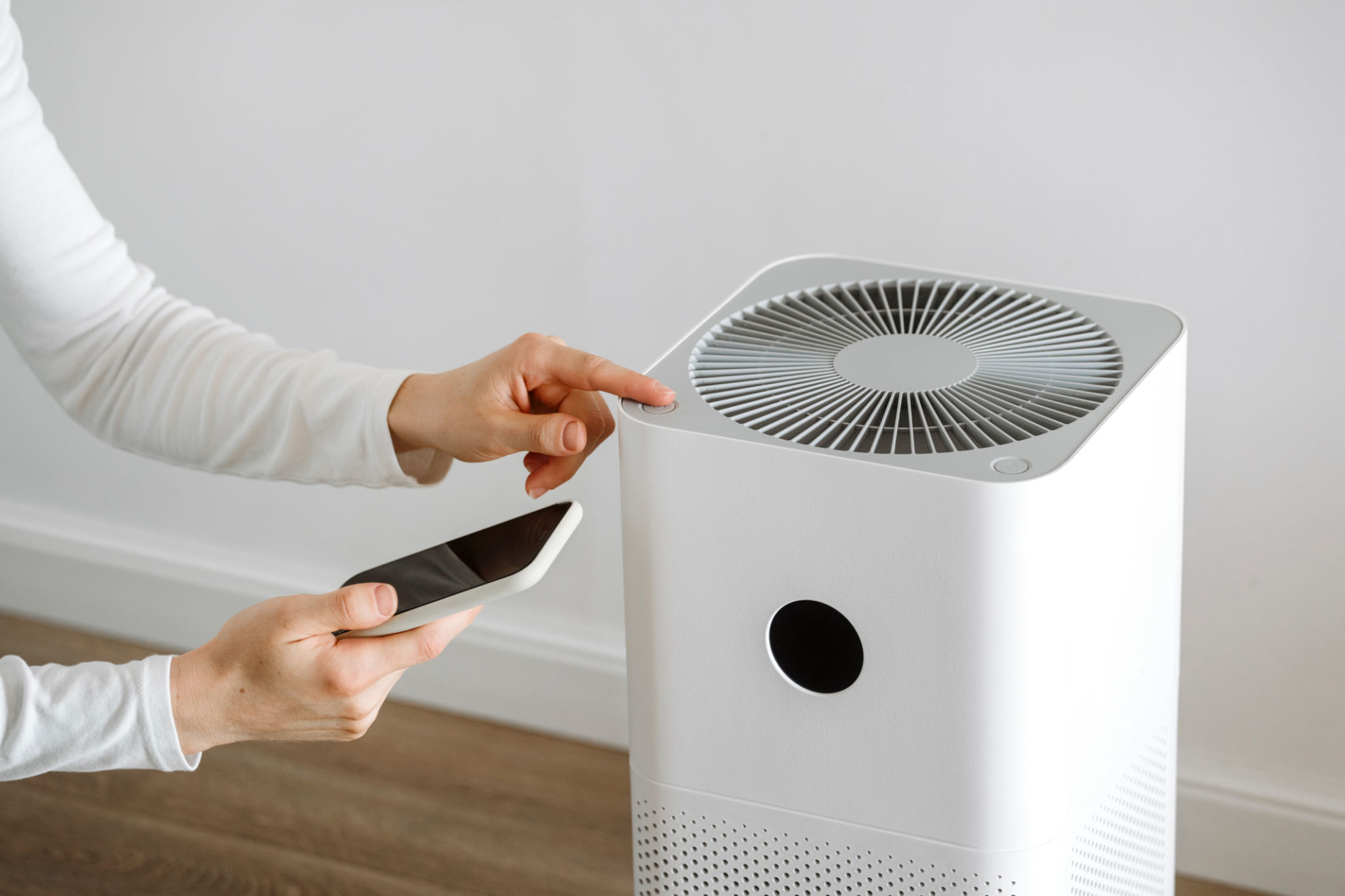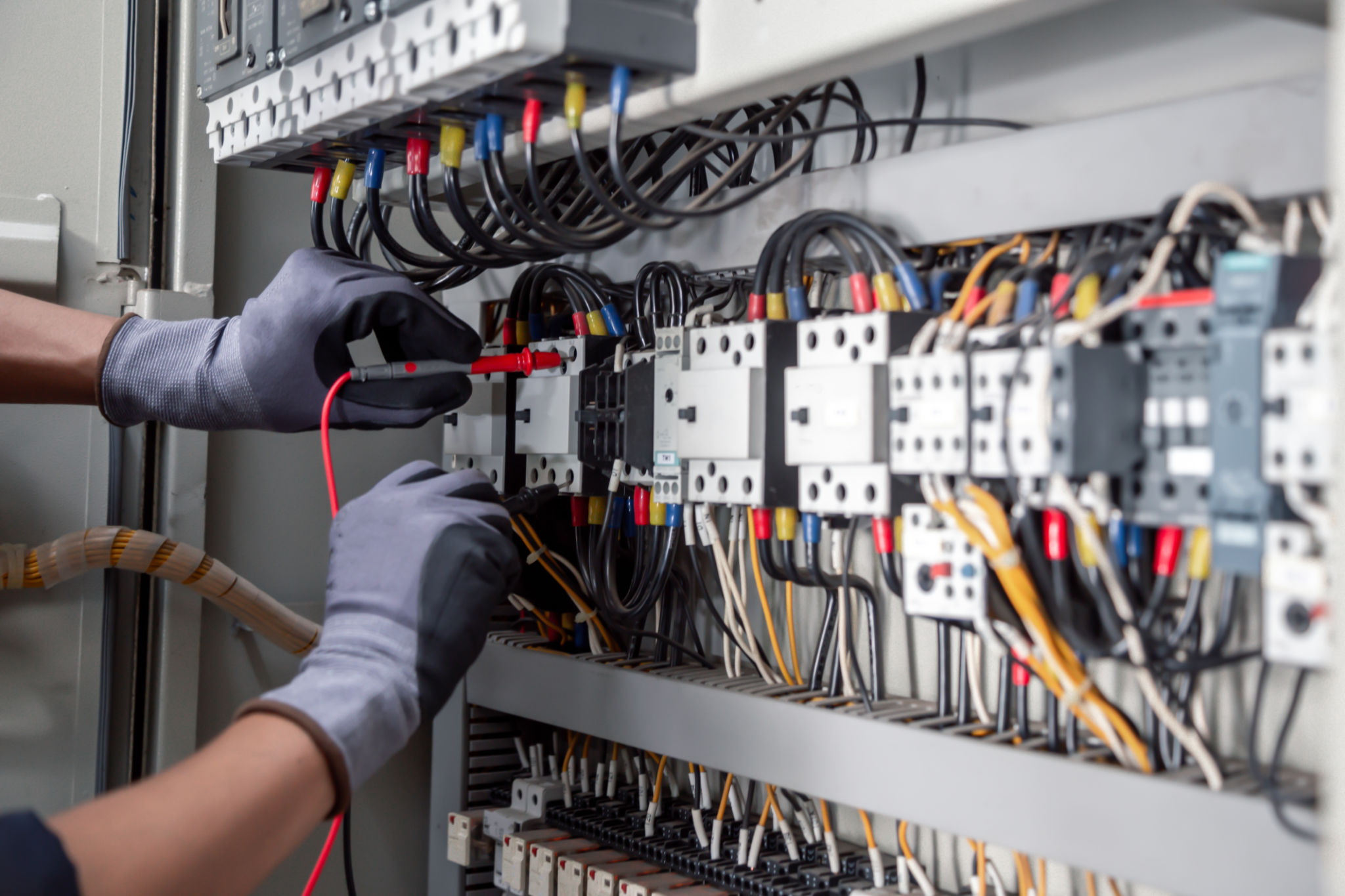DIY Tips for Basic Building Automation Maintenance
JH
Understanding Building Automation Systems
Building automation systems (BAS) are integral to modern facilities, offering improved efficiency, comfort, and energy savings. These systems control various aspects like lighting, heating, ventilation, and air conditioning (HVAC). Regular maintenance ensures these systems operate at peak performance. Here are some basic DIY tips to help you maintain your building automation system effectively.

Regularly Inspect and Clean Sensors
Sensors are the eyes and ears of your BAS. They monitor environmental conditions and send data to the control system. Over time, dust and grime can accumulate on sensors, affecting their accuracy. Regularly inspect and clean sensors with a soft cloth and appropriate cleaning solution to maintain optimal performance.
Ensure that all sensors are securely mounted and free from obstructions. Misaligned or obstructed sensors can lead to faulty readings, causing inefficiencies in your system. Performing these checks every month can significantly extend the life of your sensors.
Check and Replace Filters
Filters in your HVAC system play a crucial role in maintaining air quality and system efficiency. Clogged or dirty filters can restrict airflow, forcing the system to work harder and consume more energy. Regularly check filters and replace them as needed to ensure clean air circulation.

The frequency of filter replacement depends on several factors, including the type of filter and environmental conditions. However, a monthly check is recommended for most systems. Keeping a log can help track when filters were last changed.
Update Software and Firmware
Software and firmware updates are essential for keeping your BAS running smoothly. Manufacturers often release updates to improve functionality, security, and compatibility with new devices. Periodically check for updates from your BAS provider and install them as instructed.
Before performing any updates, back up existing configurations to prevent data loss. It's also advisable to schedule updates during off-peak hours to minimize disruption.
Inspect Wiring and Connections
Electrical wiring is the backbone of your building automation system. Inspect wiring and connections for signs of wear, corrosion, or damage. Loose connections can lead to intermittent failures or inefficient system performance.

If you notice any issues, consult a professional electrician for repairs. While DIY maintenance is beneficial, some tasks require specialized skills to ensure safety and compliance with local regulations.
Test System Performance
Regular performance testing helps identify potential issues before they escalate. Create a checklist of key performance indicators (KPIs) for your system, such as energy consumption, temperature consistency, and equipment runtime.
Perform these tests quarterly or as recommended by your system manufacturer. Analyzing trends over time can provide insights into areas needing improvement or potential upgrades.
Document Maintenance Activities
Keeping detailed records of all maintenance activities is vital for effective management of your BAS. Document each inspection, cleaning, part replacement, and software update. This information can be invaluable for troubleshooting future issues or planning system upgrades.
Use digital tools or maintenance management software to streamline record-keeping and ensure easy access to information when needed.
